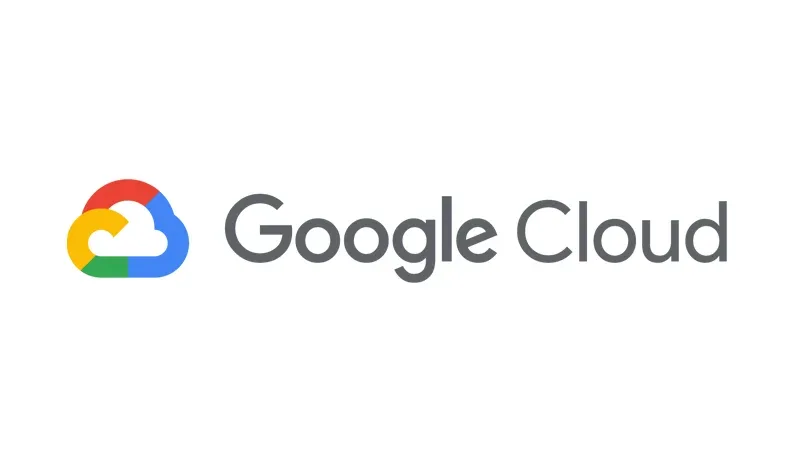
Cloud computing has shifted from being a niche technology to the backbone of the modern digital economy. From powering AI applications and streaming platforms to helping small businesses scale instantly, cloud services are everywhere — and they’re growing at a staggering pace.
At the center of this transformation are three giants: Amazon Web Services (AWS), Microsoft Azure, and Google Cloud. Together, they control the lion’s share of the global cloud market and are redefining how companies of every size access computing power.
For investors, this isn’t just a technology trend — it’s a structural shift creating new opportunities and competitive dynamics. But understanding how these companies make money, what drives their growth, and where risks lie is critical to spotting long-term winners in the space.
The Cloud Computing at a Glance: Scale, Growth, and Competition
The global cloud computing market has exploded over the last decade, evolving from an experimental technology into a multi-trillion-dollar backbone of modern business. Analysts estimate the market is growing at a compound annual rate well above 15%, with spending on cloud infrastructure and services projected to exceed hundreds of billions of dollars in the next few years.
Amazon Web Services (AWS) remains the dominant player, holding roughly one-third of global market share, while Microsoft Azure has steadily gained ground as enterprises embrace its hybrid-cloud offerings. Google Cloud, though smaller than its two rivals, is expanding rapidly thanks to its strength in data analytics and AI integration.
Competition among these giants is fierce — price cuts, feature rollouts, and aggressive customer acquisition strategies keep margins under pressure even as revenues soar. At the same time, second-tier players and regional providers are carving out niche markets, adding further complexity to the landscape. For investors, this intense rivalry creates both opportunity and risk: leaders can capture massive growth, but even slight missteps can shift market sentiment overnight.
How AWS, Azure, and Google Cloud Make Money?
Unlike traditional software companies that rely on license sales, cloud providers generate revenue through a consumption-based model. They charge customers for the computing power, storage, and services they actually use — a system that scales with demand and makes revenues more predictable over time.
Amazon Web Services (AWS) earns the bulk of its revenue from core services such as on-demand computing (EC2), cloud storage (S3), and databases, but higher-margin offerings like AI tools, data analytics, and enterprise support are becoming increasingly important. AWS dominates in scale, serving everyone from startups to Fortune 500 companies, which gives it pricing flexibility and consistent cash flow.
Microsoft Azure benefits from its deep integration with the Microsoft software ecosystem. Many businesses already use Windows, Office 365, and Dynamics, making Azure a natural extension. Its hybrid-cloud solutions — allowing companies to combine on-premises infrastructure with cloud services — have been a key differentiator and a major source of revenue growth.
Google Cloud monetizes its strengths in data analytics, machine learning, and open-source technologies like Kubernetes. While it still lags AWS and Azure in total revenue, its focus on high-growth verticals such as AI-driven applications and digital-native companies is helping it close the gap.
In short, these cloud giants don’t just sell infrastructure — they’re building full-service platforms that lock customers into ecosystems of computing, AI, security, and developer tools. This layered revenue model makes switching costs high, ensuring long-term contracts and recurring income streams.
Key Metrics Investors Should Watch
When evaluating AWS, Azure, and Google Cloud, investors should go beyond headline revenue and dig into metrics that reveal the quality and sustainability of growth.
1. Revenue Growth Rate
Top-line growth shows how quickly each platform is expanding its customer base and services. While AWS has historically led the market, Azure has consistently posted higher percentage growth, signaling strong enterprise adoption. Google Cloud’s rapid gains, though from a smaller base, are worth noting for investors looking for potential upside.
2. Operating Margins
Not all cloud dollars are equally profitable. AWS enjoys industry-leading margins, thanks to its scale and efficiency. Azure’s profitability is improving as it matures, while Google Cloud is still working toward sustained operating profits. Tracking margin trends helps investors spot which providers are turning growth into cash flow.
3. Customer Retention and Contract Value
Long-term contracts, renewal rates, and average deal sizes reveal how sticky these services are. High retention rates — often exceeding 90% — mean predictable revenue and lower acquisition costs.
4. Market Share Shifts
Even small percentage-point changes in market share can translate into billions of dollars. Keeping an eye on third-party market share reports highlights who’s winning large enterprise accounts.
5. Capital Expenditure (CapEx)
Cloud providers must invest heavily in data centers, AI hardware, and global networks. Rising CapEx can indicate aggressive expansion — but if spending grows faster than revenue, it may pressure margins.
Risks That Could Slow the Party
The cloud market’s momentum looks unstoppable, but even industry giants like AWS, Azure, and Google Cloud face headwinds that could cool growth — or at least make the ride bumpier for investors.
1. Rising Competition and Price Pressure
As cloud services become more commoditized, competition intensifies. Major players are cutting prices, bundling AI services, and fighting for the same enterprise clients. Persistent pricing pressure could squeeze margins, even if revenue continues to rise.
2. Regulatory and Data Privacy Challenges
Governments worldwide are tightening rules on data storage, sovereignty, and security. New regulations — especially in the EU and Asia — could require expensive compliance changes or limit where providers can operate.
3. Slowing Enterprise IT Budgets
Cloud migration is a multi-year trend, but not immune to macroeconomic slowdowns. If corporate IT budgets tighten, customers may delay new projects or optimize existing cloud usage, reducing growth rates for all providers.
4. Rising Infrastructure Costs
The boom in AI workloads and high-performance computing demands massive investment in data centers, energy, and specialized chips. If costs rise faster than revenue, it could erode profitability.
5. Customer Concentration and Vendor Risk
A few large clients often represent an outsized share of cloud revenue. If a major enterprise moves workloads to another provider, it can leave a noticeable dent in earnings.



